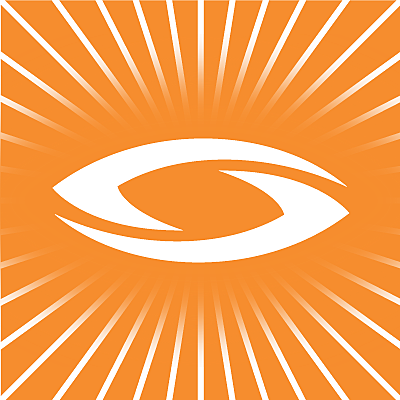This article was originally published by Forbes. View the original article here.

Forbes - The Virtual Inspector: Remote Auditing For Food Safety Verification
Author:
Digitizing expert advice and services is more important than ever, with this phenomenon innovating practices in the food industry. Verifying that food safety practices are being held to the highest standards is integral to the global food system and human health. And while food safety relies on straightforward principles, its verification requires a complex system of specialists and auditors to ensure processes are practiced consistently and appropriately to mitigate risks of microbial or chemical contamination. With Covid-19 curbing travel and in-person interaction, physical audits of food production environments have been challenged.
Certification bodies, like GlobalG.A.P. and trade associations like United Fresh, are working with their members to navigate meeting food safety verification needs while keeping auditors and personnel safe. And even though auditing is more difficult now, physical visits are still occurring.
“In the United States, the vast majority of producers are choosing to keep on-site audits as part of their food safety verification practices,” said Rebecca Anderson from GlobalG.A.P. “To ensure everyone’s safety during on site-audits, auditors are wearing Personal Protective Equipment (PPE), taking temperature checks before stepping foot onto a farm, practicing social distancing, and other proactive measures.”
With the necessity of physical audits in some scenarios, personnel are using social distancing modifications along with PPE to accomplish their checking and verification requirements. But increasingly, the food industry are finding hybrid and remote auditing arrangements effective, utilizing commonly available tools like Zoom, FaceTime, and Google Duo with this toe-dip into digital tools for auditing, it may be expected that augmented/mixed reality may come into play, but it’s important to realize ease of use and practicality are above all the most important factors for effective tools.

According to Dr. Emily Griep, Manager of Food Safety at United Fresh, “Auditors have explored hi-tech options like Google Glass, but it’s more common for virtual tours to be conducted through apps like Facetime, Zoom, and Google Duo. Rural growing regions can have limited bandwidth, in which case, auditors may ask for photos of certain production practices or areas and will conduct interviews over the phone.”
Anderson reaffirmed the importance of a strong internet connection and that it can be difficult to come by in some remote farming locations. Remote auditing also reduces the environmental impacts of auditors ongoing plane travel as well as the limiting negative impacts to their personal lives and career longevity. As many in the food industry can concur, effective auditors quickly move up and out as their skillset allows them to choose better work/life balance opportunities.
When asked about the role of emerging technologies in remote auditing, Anderson added “Remote auditing and food safety can be supported by augmented reality (AR) and IoT in multiple ways. Some examples include water antimicrobial levels, product location with time stamping, field irrigation sensors and tracking, locations of pest intrusions and pesticide applications, harvest information, pathogen testing results, and other types of production monitoring. Many programs available can not only record, but also aggregate and analyze these types of data to inform better managerial decisions.” It’s important to note that this represents a shift in thinking from periodic checks to constant monitoring and recordkeeping of food safety indicators.
For thinking beyond simple videoconferencing toward utilizing multiple digital tools in rural and remote settings, SightCall is an enterprise-grade video cloud platform that works with various industries including agriculture. Applications of their platform range across agriculture, from machine repair to inspections and quality safety. Their video offering differs from something like Zoom due to additional technology features, such as AR, geolocation, timestamps, and QR-code capabilities, showing the importance of data solutions being able to reach diverse geographies.
“We are optimizing the way we can stream data, including video, in addition to other data from point A to point B, potentially in multi-point, in a secure, optimized manner,” said Thomas Cottereau, CEO of SightCall. “Users have access to a vast amount of expertise and feedback. Not only can you have video discussions, but you have insight that you can give life to.”
Looking ahead, both Dr. Griep and Anderson believe that virtual audits will continue beyond the Covid-19 pandemic. Enhanced data analytics and information gathering will increasingly look at ways of prioritizing high risk scenarios for physical audits while using virtual audits to increase efficiency, reduce environmental impact, and improve livelihoods.
“So far, we have every reason to have high levels of confidence in remote audits. This confidence is shared by the vast majority of stakeholders including our organization, Certification Bodies and their auditors, producers and importantly, the companies buying produce and other crops from the farmers undergoing remote audits.” said Anderson.
“In light of the FDA’s New Era of Smarter Food Safety plan, producers and customers alike should embrace new approaches to food safety verification,” added Dr. Griep.


